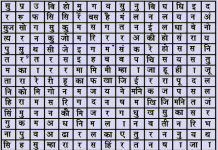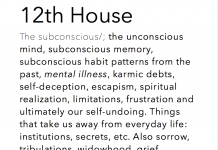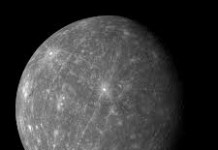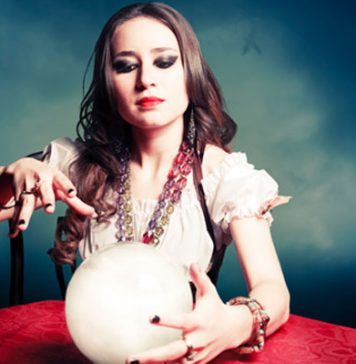Synastry is not just regular astrology but the astrology of relationships. It looks at two complete charts and compares them to find out what will work and what won’t work. Good synastry will show not just how two people will interact with one another and affect one another but also how the relationship itself will work. It goes further in depth than just asking if a person of one sign will get along with a person of another sign.

Synastry Guidelines
There are a few different things, besides just a composite chart, that synastry will look at when determining compatibility. One of the first is the location of Venus in your chart. Venus rules attraction and so its relationship to the luminaries, angles and other planets affects each person differently and will have a definite effect on compatibility. An astrologer will look at Venus’ interaspects with the sun, moon, Mercury, Mars, Jupiter, Saturn, Uranus, Neptune, Pluto and Chiron. What the astrologer will be looking for in each of these cases is where the ascendant is because the location of the ascendant determines how we act and interact with others. These are often the first things that will determine compatibility; after all, if you can’t stand to be around someone because they are always talking loudly then it won’t really matter much if you are compatible in other ways.
Many astrologists enjoy working with synastry, not just because it’s fun to see a relationship grow and develop, but also because synastry never remains the same. Just as a relationship can be compared to a flower that must be nurtured and nourished as it grows into something beautiful, an astrologist who works with synastry gets to watch the ebb and flow of the relationship and how it affects that flower.
Comparing Two People
It is always interesting for everyone involved to see how the different aspects of their astrological chart can affect things when looking at synastry. After all, with the depth that synastry looks at when comparing two people, even those born on the same day or under the same sign may be completely different in how they handle things. Everything, from the time of day you were born to the location, affects how the different aspects of your chart work together and the same is true for your partner. This is why astrologists studying synastry look at so much more than just your sun sign. Some astrologists will even go beyond the planets and include asteroids, midpoints and Arabic parts just to ensure they have explore the full breadth and width of information that may affect your relationship. Further, the different aspects: conjunction, opposition, square, trine and sextile, all affect the outcomes in different ways. Conjunction, opposition and square are considered hard aspects and make immediate, bold changes similar to a sparking a chain reaction. Meanwhile the trine and sextile are much more subtle and some astrologists prefer looking for those less obvious potentials in a syastry reading because they are simply more fun to find and predict.


















